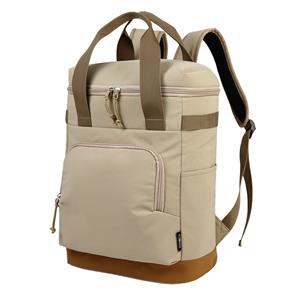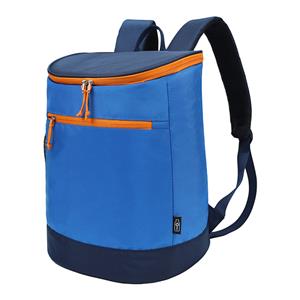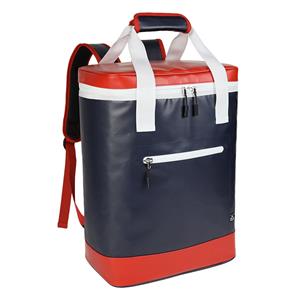- Corporate News
- Industry News
- Blog
- Product news
When Cotton Canvas Meets Rainy Season: Obaili Bags' "Drying Line" Moisture-Proof Philosophy
When Cotton Canvas Meets Rainy Season: Obaili Bags' "Drying Line" Moisture-Proof Philosophy
From March to June each year, the humid air during the plum rain season in the Yangtze River Delta turns fabric bags into a "hotbed for mold." As a Xiamen-based brand with 20 years of experience in the bag industry, Obaili has long focused on production-level solutions. To tackle the moisture issues of porous fabrics like cotton and canvas, a full-process "drying line" integrating cleaning, air-drying, and deep drying has become its secret weapon against dampness.
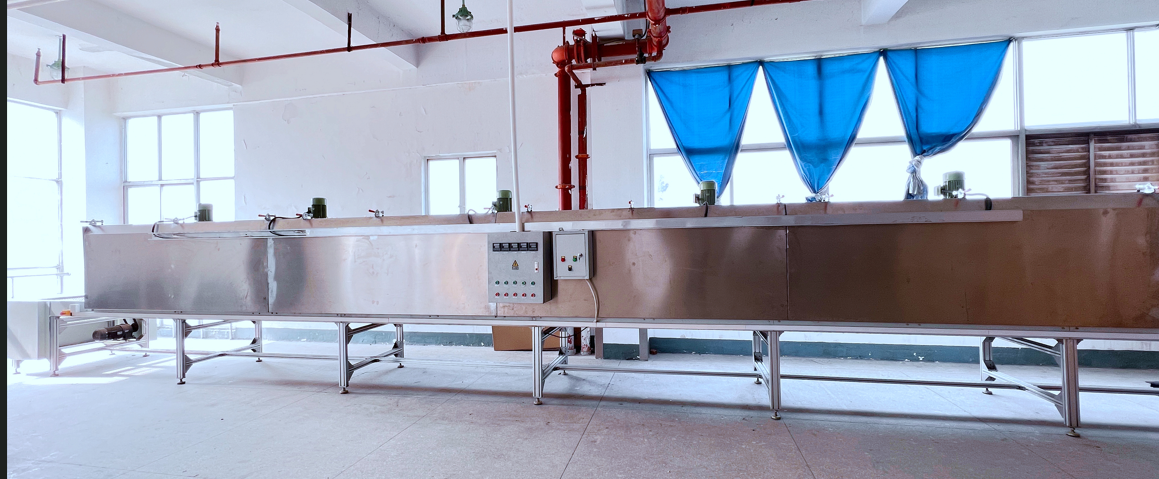
I. The Fatal Blow of Moisture "Invasion": A Common Pain Point for All Bags
Cotton and canvas fabrics are favored for their breathability and durability, but their fiber structure acts like a "water-absorbing sponge." When humidity exceeds 80% during the plum rain season, moisture easily condenses on the surface, while residual water from production seeps into the fibers, creating ideal conditions for mold. Obaili’s quality control data shows that unprocessed cotton canvas bags have a 12% mold growth rate after 3 months of storage. In contrast, products treated with the drying line see nearly zero mold growth.
II. "Dual Insurance" for Rainy Seasons: Customized Moisture-Proof Solutions for All Categories
At Obaili’s Tong’an factory, a 15-meter stainless steel drying line adjusts parameters flexibly for different products, building dual protection in production and storage:
Tailored Re-Drying Before Factory Release
Launched every May, the "moisture-proof 专线" (dedicated line) provides customized treatment for various bags:
· Ice bags, with their inner canvas layers, undergo 20 minutes of low-temperature drying at 45°C to fully evaporate moisture in the insulation layer, preventing condensation from affecting thermal insulation.
· 18-ounce canvas travel bags use segmented temperature control (50°C in the first section, 60°C in the middle), softening thick fabrics while protecting metal zippers from heat distortion.
· Tote bags undergo infrared scanning before packaging to identify hidden moisture in handle seams, followed by 3 minutes of targeted drying.
This mechanism, developed in response to 2024 customer feedback about "mold inside ice bags," is now a mandatory standard for all product lines.
III. Full-Cycle Protection: Production + Storage
Unlike ordinary drying processes, Obaili’s drying line includes two "rainy season-exclusive" designs:
· Mandatory Re-Drying Before Shipping: Starting in May each year, the "moisture-proof dedicated line" adds 15 minutes of low-temperature drying (45-60°C) for all cotton canvas bags before packaging. This simulates plum rain humidity conditions to ensure products leave the factory with "zero residual moisture."
· Intelligent Segmented Temperature Control: For canvas thicknesses (12-18 ounces), the oven uses three-stage temperature control to avoid fabric hardening from excessive heat—a refinement based on 2024 customer feedback about "stiffness after drying."
IV. Beyond Moisture-Proofing: Added Value of the Drying Line
Deep drying offers more than just mold resistance. Obaili’s lab data shows that canvas bags dried with infrared technology see a 15% improvement in color fastness. Infrared rays penetrate fibers to solidify dye molecules, eliminating the common "rain-induced fading" issue during the plum rain season.
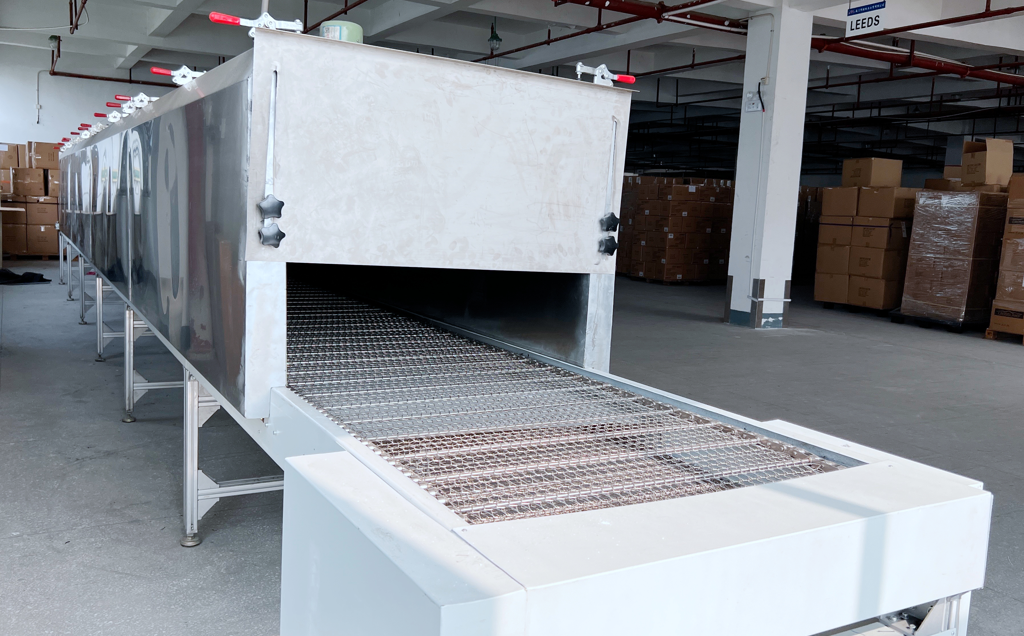
Conclusion: When Industrial Precision Meets Daily Comfort
In Obaili’s production philosophy, the drying line is more than a machine—it’s a gentle response to "humid living." Controlling every drop of water from raw material to finished product reflects the brand’s commitment to "a bag that lasts three years." As user @SouthernRainySeason shared: "The cotton linen tote I bought last year stayed crisp and new through the plum rain season. Turns out the drying line was quietly guarding it all along."
(Obaili Bag Moisture-Proof Tips: Wipe the surface gently after use and avoid direct sunlight. During the plum rain season, place bags in well-ventilated areas regularly. The moisture resistance from the drying line lets every bag navigate damp days with ease.)

